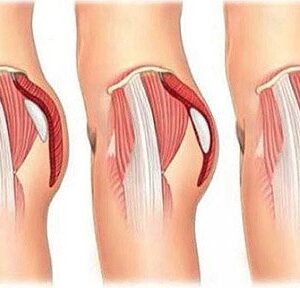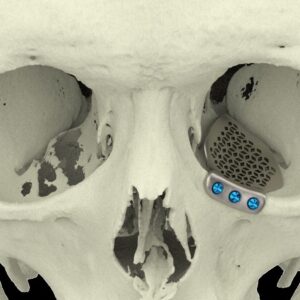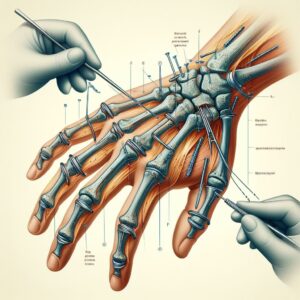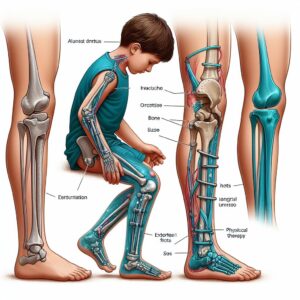Description
What is Cystoscopy?
Cystoscopy is a medical procedure that allows doctors to examine the inside of the bladder and urethra using a cystoscope, a thin tube with a light and a camera at the end. This procedure helps diagnose and treat conditions affecting the urinary tract12.
Types of Cystoscopy
There are two main types of cystoscopes used in the procedure:
- Flexible Cystoscope: This type is bendable and follows the natural path of the urethra, making it more comfortable for the patient. It is typically used for diagnostic purposes.
- Rigid Cystoscope: This type is straight and does not bend. It is often used for therapeutic procedures, such as taking biopsies or removing tumors2.
Familiarity with Treatment
Cystoscopy is commonly used by urologists to diagnose and manage various urinary tract issues, such as:
- Bladder cancer
- Bladder stones
- Urinary tract infections (UTIs)
- Interstitial cystitis (a chronic bladder condition)
- Unexplained blood in the urine (hematuria)23
Procedure
- Preparation: You may be asked to provide a urine sample before the procedure to check for infection. Antibiotics might be given to prevent infection.
- Anesthesia: Depending on the complexity of the procedure and patient comfort, local, regional, or general anesthesia may be used.
- Insertion: The cystoscope is inserted through the urethra into the bladder. The doctor may fill the bladder with a sterile solution to expand it and get a better view.
- Examination: The doctor examines the bladder and urethra. If necessary, small instruments can be passed through the cystoscope to take tissue samples or perform treatments12.
Who is it Suitable For?
Cystoscopy is suitable for individuals experiencing:
- Blood in urine (hematuria)
- Frequent urinary tract infections
- Painful urination
- Urinary incontinence or retention
- Suspected bladder stones or tumors23
Who is it Not Suitable For?
Cystoscopy may not be suitable for individuals with:
- Active urinary tract infections
- Severe urethral strictures (narrowing of the urethra)
- Certain bleeding disorders2
Advantages
- Diagnostic Accuracy: Provides a clear view of the bladder and urethra, aiding in accurate diagnosis.
- Therapeutic Use: Can be used to treat certain conditions, such as removing bladder stones or tumors.
- Minimally Invasive: Generally a safe and minimally invasive procedure12.
Complications
While cystoscopy is generally safe, potential complications include:
- Urinary tract infections
- Bleeding
- Pain or discomfort during urination
- Injury to the urethra or bladder12
Previous Care
- Medication Review: Inform your doctor about any medications you are taking.
- Fasting: You may need to fast for a few hours before the procedure if general anesthesia is used.
- Bladder Preparation: You might be asked to empty your bladder before the procedure1.
Aftercare
- Hydration: Drink plenty of water to flush out the bladder.
- Pain Management: Over-the-counter pain relievers can help manage discomfort.
- Monitor for Symptoms: Watch for signs of infection, such as fever or persistent pain, and contact your doctor if they occur.
- Follow-Up: Attend any scheduled follow-up appointments to discuss results and further treatment if necessary12.
Only logged in customers who have purchased this product may leave a review.






Reviews
There are no reviews yet.